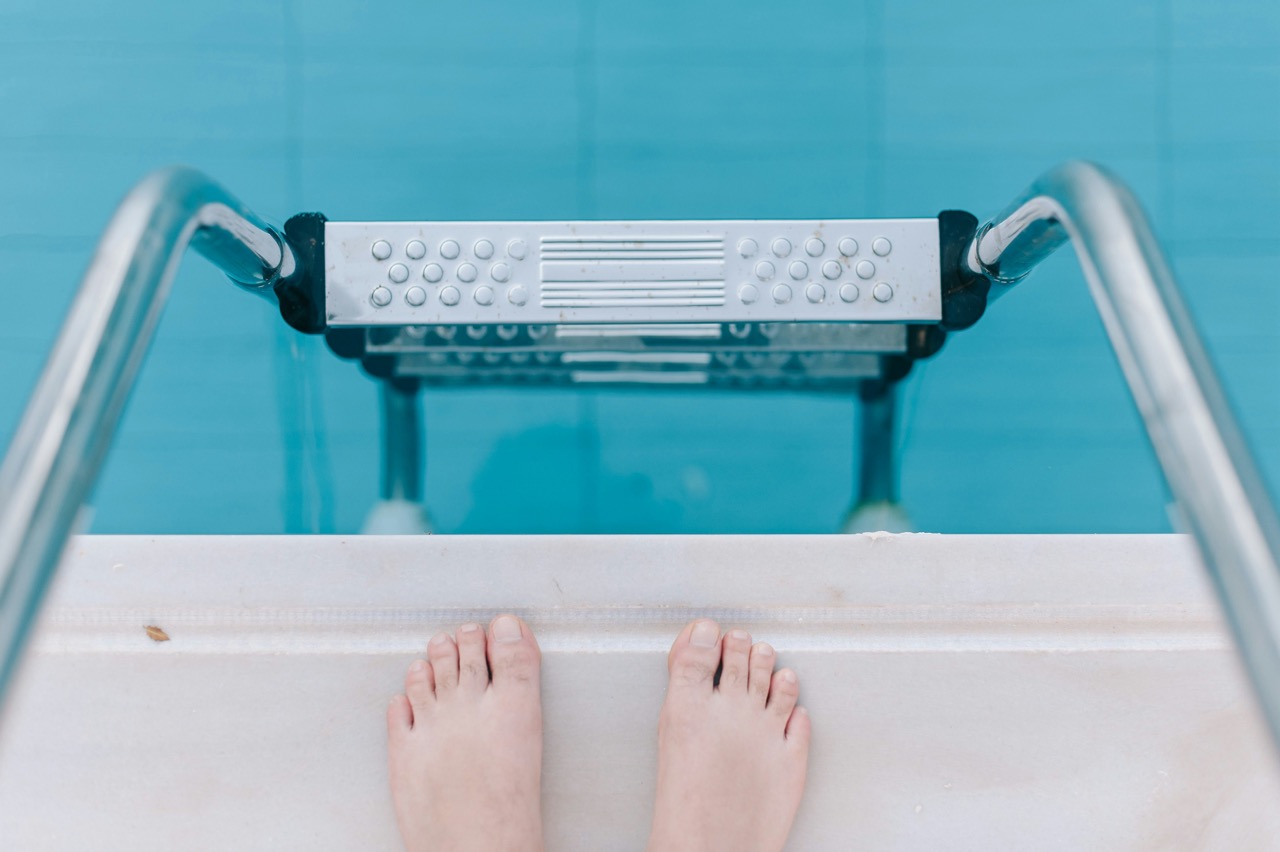How Do I Prevent My Shoes From Smelling?

Shoe odor is a common nuisance that affects many individuals, often leading to embarrassment and discomfort. Understanding the underlying causes of shoe smell and implementing effective strategies for prevention and care can significantly improve the longevity of your footwear while ensuring your feet remain fresh. In this article, we will explore the root causes of shoe odor, effective cleaning techniques, best practices for drying and storing, and preventive measures to keep your shoes smelling great.
Understanding the Causes of Shoe Odor and Its Impact
Foot odor is primarily caused by bacteria and fungi that thrive in warm, moist environments. Shoes, being enclosed spaces, create the perfect breeding ground for these microorganisms, especially when they are worn for extended periods or during physical activities. When sweat accumulates inside shoes, it provides ample nourishment for bacteria, leading to unpleasant smells. Additionally, the materials used in footwear, like synthetic fabrics, can exacerbate the problem by trapping moisture and odors.
The impact of shoe odor goes beyond just personal discomfort; it can affect social interactions and professional settings. Unpleasant smells can lead to self-consciousness, resulting in individuals avoiding certain situations or feeling anxious about removing their shoes in public. This can create a cycle of embarrassment and avoidance that ultimately detracts from one’s confidence and lifestyle.
Moreover, persistent shoe odor can compromise the lifespan of the footwear itself. The buildup of bacteria and moisture can weaken the materials, leading to deterioration and a shortened lifespan. Addressing shoe odor is, therefore, not only about maintaining personal hygiene and comfort but also about preserving the quality of your shoes and making a wise investment in your footwear.
Effective Cleaning Techniques to Banish Shoe Smells
One of the most effective ways to combat shoe odor is through regular cleaning. Depending on the material, you can use a variety of cleaning agents to remove dirt and bacteria. For canvas or fabric shoes, a mix of warm water and mild detergent can be used to scrub away grime. A soft-bristle brush or cloth can effectively reach all areas of the shoe, ensuring a thorough clean. For leather shoes, a specialized cleaner or a mixture of water and vinegar can help eliminate odors without damaging the material.
In addition to surface cleaning, it’s essential to address the insoles, which often harbor the most bacteria. Insoles can be removed and washed separately, or replaced entirely if they are too worn or smelly. Using baking soda is another effective technique; simply sprinkle a generous amount inside the shoes and let it sit overnight. The baking soda will absorb moisture and odor, making your shoes feel fresh again.
After cleaning, it’s crucial to ensure that shoes are completely dry before wearing them again. Moisture left in the shoes can quickly lead to the return of unwanted smells, so take the time to clean and dry them properly. Regular cleaning and maintenance can significantly reduce shoe odor and prolong the life of your footwear.
Best Practices for Drying and Storing Your Footwear
Proper drying techniques play a vital role in preventing shoe odor. After wearing your shoes, especially for activities that induce sweat, remove the insoles and let both the shoes and insoles air out. Placing them in a well-ventilated area, away from direct sunlight, can help minimize moisture without damaging the materials. For quicker drying, you can use a fan or stuff the shoes with newspaper, which absorbs moisture effectively.
When it comes to storage, keeping shoes in a cool, dry place is essential. Avoid cramming them into tight spaces where air circulation is limited, as this can trap moisture and odors. Instead, opt for a shoe rack or shelf that allows for adequate airflow. Using breathable shoe bags can also help protect them from dust and odors while ensuring they remain fresh.
Additionally, consider rotating your footwear regularly. By not wearing the same pair of shoes every day, you give them a chance to air out and dry completely between uses. This practice can significantly reduce the buildup of moisture and odors, contributing to a longer lifespan for your favorite pairs.
Preventive Measures to Keep Your Shoes Fresh Longer
Incorporating preventive measures into your routine can help keep your shoes smelling fresh for longer. One effective strategy is to invest in moisture-wicking socks, which draw sweat away from your feet and minimize moisture accumulation inside your shoes. Opting for natural fibers like cotton or wool can also help reduce odor due to their breathability compared to synthetic materials.
Using odor-fighting products can be a game-changer in maintaining freshness. Commercially available shoe sprays, odor-fighting insoles, or activated charcoal bags can absorb smells and moisture, keeping your shoes in pristine condition. Spraying a light layer of vinegar or rubbing alcohol inside the shoes after use can also help neutralize odors without leaving a strong scent behind.
Lastly, maintaining good foot hygiene is crucial in preventing shoe odor. Regularly washing and drying your feet, keeping toenails trimmed, and using foot powder can significantly reduce moisture and odor. By addressing both shoe care and foot hygiene, you can create a comprehensive strategy to ensure your shoes remain fresh and comfortable for many wears to come.
Keeping your shoes free from unpleasant odors is a manageable task that requires a combination of regular cleaning, proper drying, effective storage, and preventive care. By understanding the causes of shoe odor and implementing the suggested strategies, you can enhance your comfort and confidence. Remember, a little proactive maintenance goes a long way in ensuring your footwear remains fresh, ultimately extending its life and providing you with the enjoyment and support you expect from your shoes.




